Sarah Wollring is a 2017 MSc Masters Graduate in International Development (Environment, Sustainability and Politics). Prior to studying at Birmingham, she graduated from Avans University of Applied Sciences in Breda, the Netherlands with a BA in Cross-cultural Management and Languages and did a graduation internship at the European Parliament during which she wrote her dissertation on marine litter. Her interests focus on environmental issues, climate change, sustainability and community projects.
Payments for Ecosystem Services – what is that supposed to mean?
That was my initial reaction when I first heard about it during my lectures at IDD. Paying people for conserving the ecosystems they rely on sounded like a legitimate, yet odd, concept to me but being highly interested in environmental issues, sustainability and community projects, I decided to take on this topic for my dissertation. I was soon to find out that essentially PES schemes are a way for individuals, governments, NGOs and the private sector to pay local land users for valuable public environmental services such as carbon storage, biodiversity and water conservation, the provision of which land users would normally remain uncompensated for. Since land under PES schemes, particularly in the tropics, is often jointly managed by communities, the concept of community-based PES schemes emerged as a mechanism to support their development and conservation efforts. The community-focus however means that payments are shared collectively and requires the involvement of multiple stakeholders which evidently has implications on the level of commitment needed and requires understanding a critical question: How can these community schemes be sustained?
To investigate this, I conducted a 4-week field trip to the small villages of Gazi and Makongeni, situated in 615ha of mangrove forest expansion at Gazi Bay in southern coastal Kenya. In Kenya, satellite data revealed that 18% of all mangroves in the country have disappeared since 1982. The forest at Gazi too has been exploited for many years for the use of building poles and fuelwood, but equally remains the best-studied mangrove ecosystem in the whole of Africa as well as one of the best known globally.
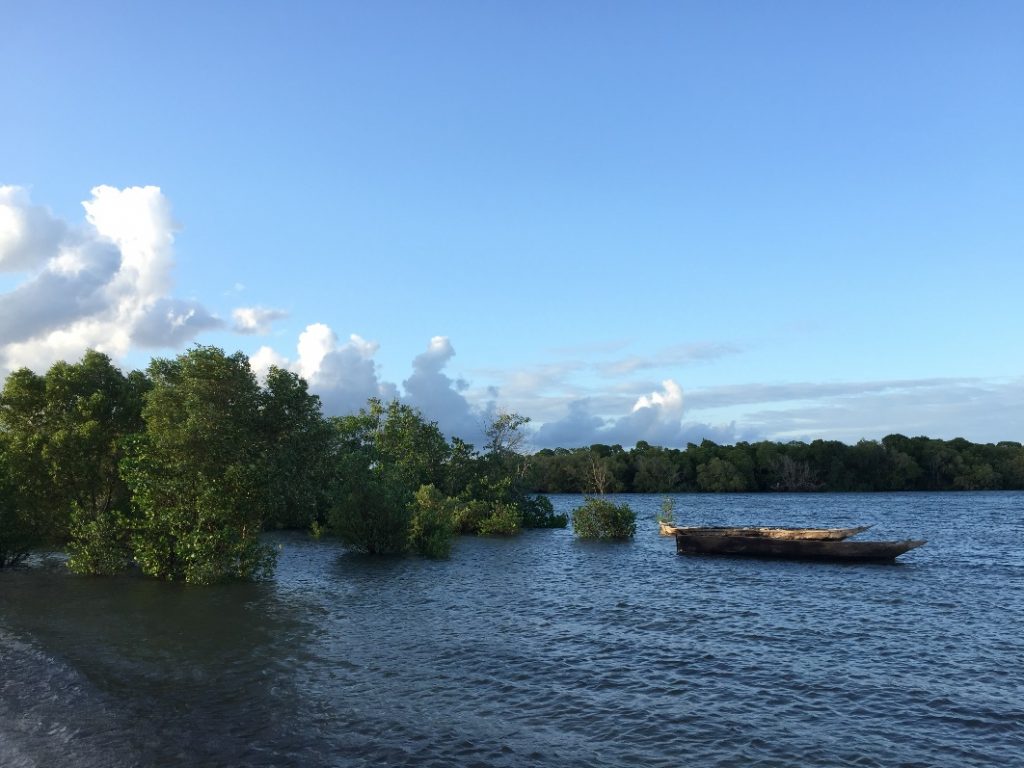
Although mangroves only make up 0.1% of the earth’s surface, the forests constitute 11% of total terrestrial carbon input into the ocean and are therefore particularly well suited to the generation of carbon credits given their potential as carbon sinks. Due to increasing political support to reducing global GHG emissions because of climate change concerns, voluntary carbon markets were established which allow for trade in credits of ecosystem services such as carbon sequestration. The resulting opportunity for transfer of funds from richer to poorer nations is considered by some as a promising source of revenue for mangrove conservation projects.
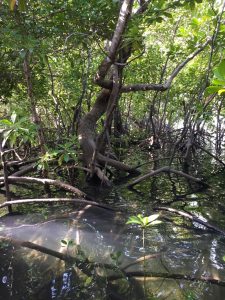
 One example of such a project is Mikoko Pamoja (lit. ‘mangroves together’), the world’s first community-led mangrove conservation and restoration project funded by carbon credits. It covers a total of 117ha of state-owned mangroves which form the livelihood for 80% of the community by means of fishing-related activities and providing building materials, tourism and coastal protection. Over the crediting period from 2012 to 2032, the project aims to avoid deforestation, prevent forest degradation and plant 4,000 new trees annually. So far revenues foregone from credit sales have been invested into project implementation and to community development projects such as purchase of education materials, drinking water facilities and improving sports facilities, which were decided upon collectively.
One example of such a project is Mikoko Pamoja (lit. ‘mangroves together’), the world’s first community-led mangrove conservation and restoration project funded by carbon credits. It covers a total of 117ha of state-owned mangroves which form the livelihood for 80% of the community by means of fishing-related activities and providing building materials, tourism and coastal protection. Over the crediting period from 2012 to 2032, the project aims to avoid deforestation, prevent forest degradation and plant 4,000 new trees annually. So far revenues foregone from credit sales have been invested into project implementation and to community development projects such as purchase of education materials, drinking water facilities and improving sports facilities, which were decided upon collectively.
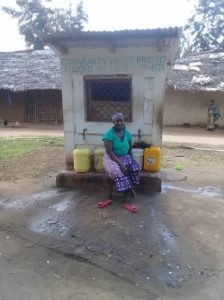
Since its inception in 2014, Mikoko Pamoja has acquired a lot of international attention and was awarded the prestigious Equator Prize 2017 by the UNDP for its contribution towards innovative solutions for tackling poverty, environment and climate challenges. In the meantime, it has been awarded further funding from the DiCaprio Foundation for replicating the project further south in Vanga. Whilst there are many community-based PES schemes facing similar sustainability challenges, the above described pioneering status of the project and excellent university contacts provided by IDD led me to choose Mikoko Pamoja as a case study for my research.
During my time in Gazi, I was able to conduct household surveys and interviews with seventeen key experts connected to the project, namely affiliated research scientists of the local Kenya Marine and Fisheries Research Institute (KMFRI) and Edinburgh Napier University, government officials, members of the local committee, the two local village heads and the forest scouts. Apart from that, I was actively involved with the project’s daily operations and benefitted from access to the local KMFRI office, participating in social events, community meetings, visits from international organisations and a trip to the replication site in Vanga. Besides gaining highly valuable academic and professional experience, I was also rewarded with stunning natural surroundings and a warm community that welcomed me with open arms.
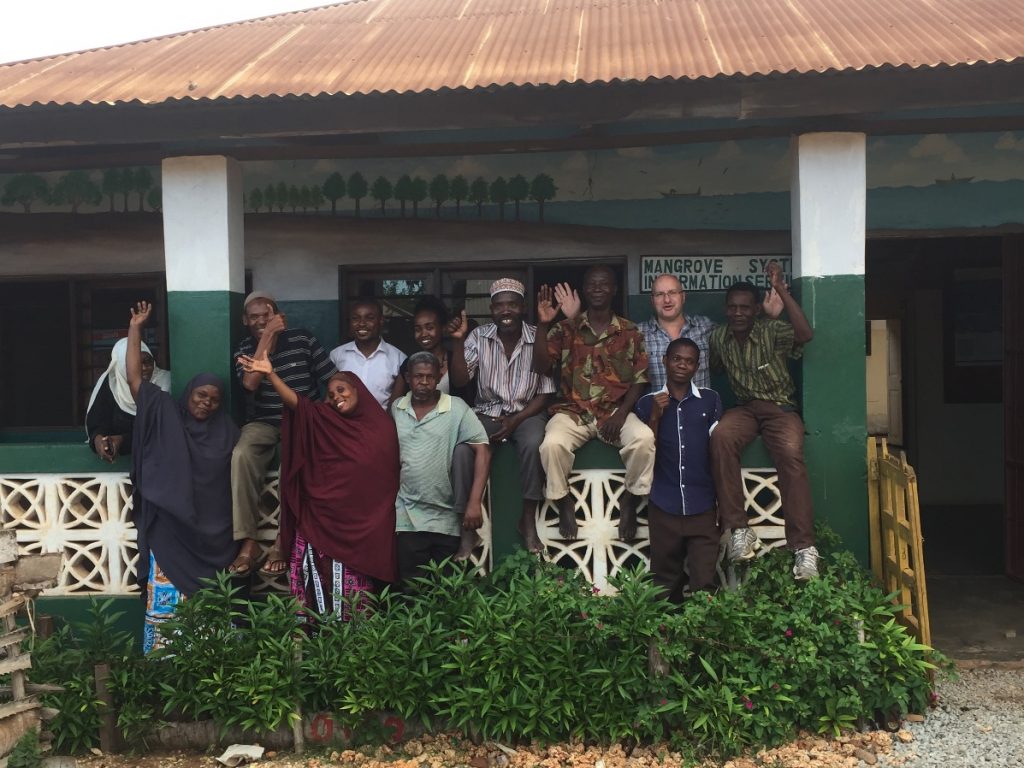

Talking to such a variety of interviewees allowed me to gain a multi-stakeholder perspective on the complexity of community-based PES schemes. It also enabled me to collect rich data and really got into the depth of external actors as well as local dynamics and socio-economic structures affecting the sustainability of Mikoko Pamoja. The primary factors of success I identified are the support and collaboration of intermediary organisations, particularly KMFRI and the Association for Coastal and Ecosystem Services (ACES), with key individuals providing necessary links and building trust between stakeholders. In addition, the creation of community awareness, support and engagement in the project has been highly successful together with the establishment of local institutions, namely the Mikoko Pamoja Committee and user groups structure with the Community Forest Association (CFA) providing the crucially important link to the responsible government agency, the Kenya Forest Service (KFS). The key findings however also demonstrate that despite its successes, the project faces challenges with regards to motivation, leadership and capacity within both its committee and CFA. These further lack adequate support from the KFS, in terms of capacity-building, cost-benefit sharing of forest resources with the community, transfer of powers for community-based forest management, as well as legal prosecution of prohibited deforestation activities. My findings therefore shed light on three crucial key factors affecting the sustainability of community-based PES schemes more generally, being the importance but simultaneous dependence of support by intermediary organisations and key individuals, the presence of a decentralised policy environment that is also decentralised in practice and the provision of tangible benefits to secure community commitment.
All in all, my field trip to Gazi Bay was a journey of personal, academic and professional enrichment and allowed me to practically understand what I had previously written about in theory, a link that I believe is critically important in the development field. Whilst combining the triple goals of community development, ecosystem conservation and climate change mitigation is undoubtedly a challenging and complex task, Mikoko Pamoja represents a good example of how it can be achieved. When discussing my research, I often get asked the same question: Are PES schemes the answer to combatting climate change? My answer would be no, PES schemes are not the answer to climate change, but they may well be a beacon of hope for small scale community projects like Mikoko Pamoja in conserving crucial ecosystems like mangrove forests and making a difference to marginalised local communities in the global south.
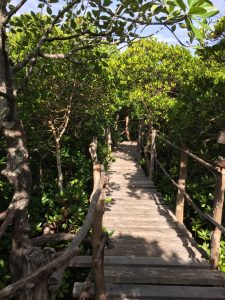
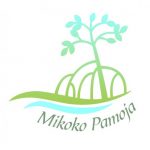
See this video for further details on the project or watch this breath-taking drone footage of Gazi Bay.
For more information you can contact Sarah via sarah.wollring@gmail.com.
